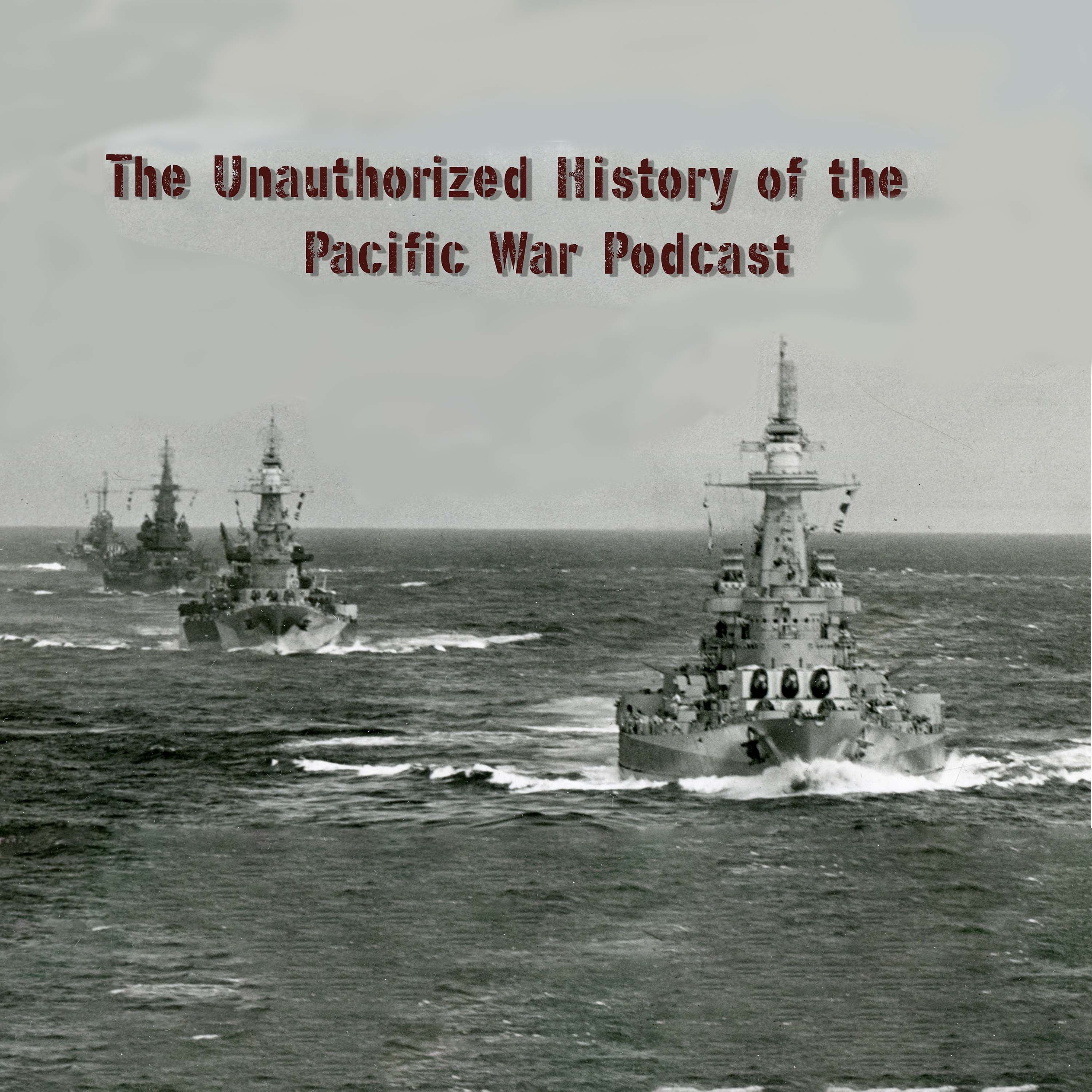The Battle of Savo Island
Prewar US Navy and IJN surface doctrineUS Navy surface battle doctrine assumed, and planned for any major surface action against an enemy, specifically the Japanese, would be fought in broad daylight, in perfect weather, near the Philippines and at extreme range of the rifles of the US Navy’s battleship, battle line. While night training did occur for the USN, it was not something that was practiced regularly, nor was it something that was hammered into the sailor’s heads. For example, the USS Vincennes, a heavy cruiser that took an unfortunate part in Savo, last practiced night firing in February 1941. The prewar doctrine was based on arrogance. Arrogance in that it was just presumed that the hapless and half-witted Japanese would openly present their own battle fleet, which was thought to be heavily outnumbered by US battleships, for extreme destruction because…well…that’s what they were supposed to do. The Japanese on the other hand, were extremely well trained in night fighting. Sailors were selected for scouting positions aboard ships because of their night vision abilities.While the Japanese also believed in the decisive battle theory, they differed in that they intended to whittle the US fleet down before the big showdown ever came to fruit.Subs, DDs and CAs were expected to make slashing, surprise night attacks to whittle the US fleet down.Great emphasis was put on torpedoes within the IJN, as opposed to the USN. It was expected that torpedo attacks, at night, would be the major ship killers before the BBs would finish off what was left.The IJN already had great success in nocturnal torpedo attacks before WWII. During the Sino-Japanese war of 1894 and the Russo-Japanese war of 1904-06, the IJN employed nighttime torpedo attacks successfully. Advances in weaponry and technologyDue to the emphasis within the IJN on night time torpedo attacks, the development of ship killing torpedoes was of utter importance.The Type 93 Long Lance torpedo was developed in the early 30’sNearly wakelessOxygen fueled1,090 pound warhead with a range of 22,000 yards and a speed of 49 knotsSuperior night optics as well as flash less powder were also a Japanese superiorityThe USN preferred the naval rifle over the torpedo and as such, did not sufficiently develop a torpedo and they placed more emphasis on movement and range placement of ships for gun fire purposes as opposed to torpedo attacks. The Japanese respond to the American landingsThe first major Japanese response to the landings at Tulagi and Guadalcanal was launched by Admiral Mikawa at 0830 on August 7. His orders were to assemble his cruiser division (CruDiv 6) and prepare for a night attack on the American fleet now known to be off Guadalcanal.Mikawa’s orders to his force were intercepted by American analysts but the message was not decoded until August 23.By around 1100 hours on August 8, Mikawa’s force had been assembled and was at sea, bound for GuadalcanalHe launched scout planes to determine the Allied strength before he got into the areaOne of Aoba’s scout planes found the US fleet off Gcanal and Tulagi and reported it as:4 CAs, 7 DDs, and 1 phantom BB off Lunga Point2 CAs, 12 DDs and 3 transports off TulagiWith this information Mikawa knew that his enemy was divided in strengthMikawa’s plan was to penetrate the sound south of Savo, torpedo the US ships there and then engage the Tulagi force with gunfire and torpedoes after which he would withdraw northwards Allied preparationAmerican air searches

